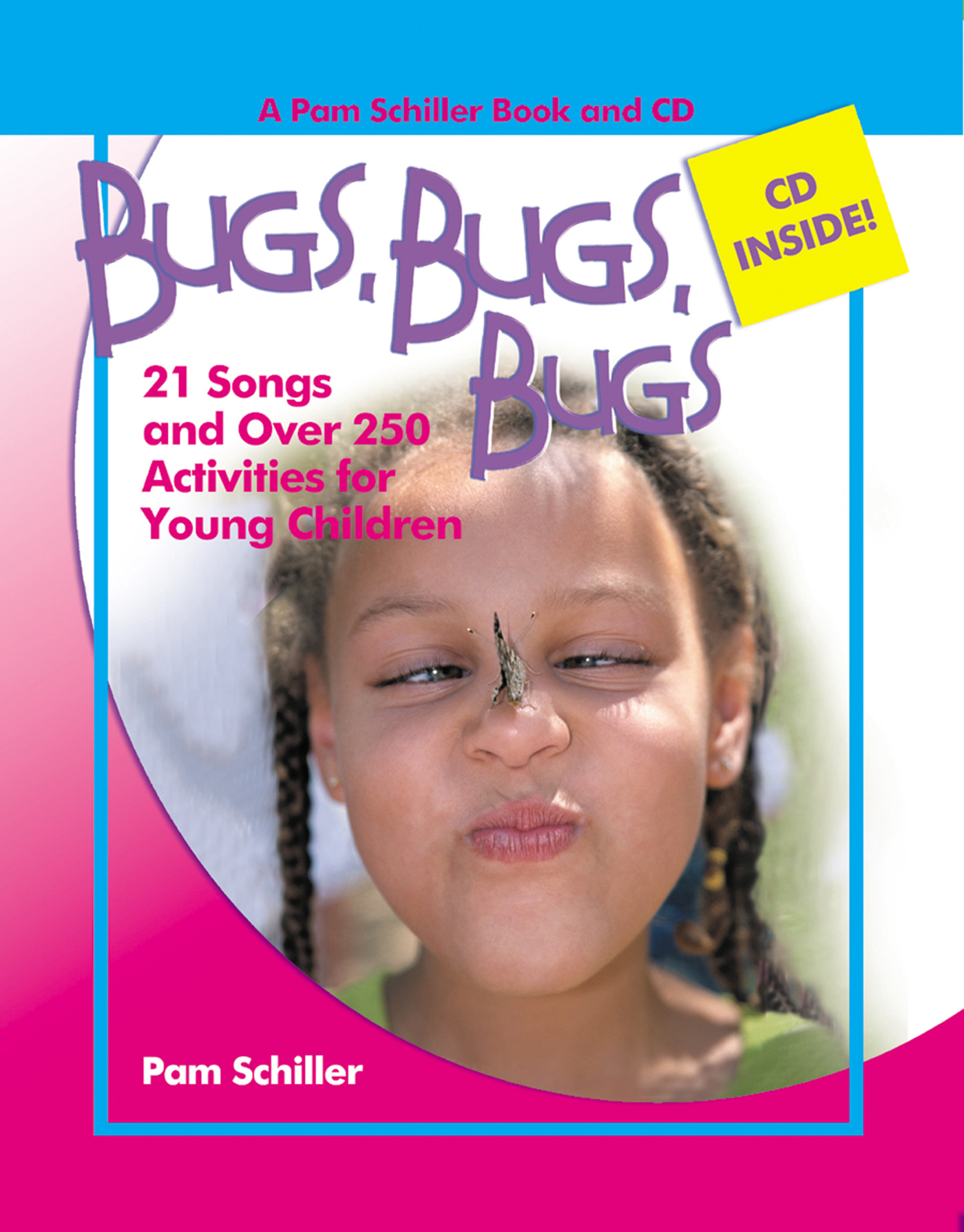- Home
- Activities
- Earthworms, Ladybugs and Other Critter Observations
Earthworms, Ladybugs and Other Critter Observations


Bugs are a great way to introduce outdoor activities for preschoolers to your little learners. Toddler outdoor activities let kids explore the world around them all while practicing observation, investigation, and problem solving skills. Science for kids is the perfect way to introduce science concepts to children through fun activities that nurture children’s natural sense of curiosity.
Full of fun science activities for early years, Bugs, Bugs, Bugs! Is a great resource for parents and teachers on the lookout for fun science activities all about bugs! Here’s an activity you can try with your little scientists today.
The Insect Song
Tune: Head, Shoulders, Knees, and Toes
Head, thorax, abdomen,
Abdomen.
Head, thorax, abdomen,
Abdomen.
Six legs, four wings, antennae two,
Head, thorax, abdomen,
Abdomen.
Movement:
- Have children move like insects: fly like a bee, hop like a grasshopper, scurry like an ant, (hover) in the air like a mosquito, and so on.
Outdoors:
- Have children choose a partner. Give each pair of children a 36”strip of yarn. Instruct them to make a circle on the ground with their yarn. Then give each pair of children a magnifying glass and ask them to search inside of their circle for bugs. Do they find any insects or bugs?
Science:
- Provide pictures of insects and other bugs. Encourage the children to sort the bugs into two categories: insect and not an insect.
Home Connection:
- Suggest that children ask their families to participate in an insect hunt outdoors. Have them keep count of how many different insects they find. Invite them to report their findings at school. Who found the most insects?
Instructions
* Prior to the day on which you do this activity, ask the children to bring in
clean empty boxes or containers.
* Cover tables with newspaper.
What to Do
1. Read several books on recycling and reusing materials.
2. Teach the children the phrase "reduce, reuse, recycle."
3. Share some stories about how people in the past have reused objects instead
of buying them.
4. Have the children make either a pencil holder or storage container from their
empty box.
5. Let the children decorate their boxes with markers or paint.
6. Cut out label from construction paper. Decorate.
7. Write "Pencils" (or another word if the box is used for something else) on label.
8. Glue the label to the box. Painted boxes will need to dry first.
Teacher - to - Teacher Tip
* Protect surfaces with newspapers if the children are going to paint their boxes.
Assessment
Consider the following:
* Do the children learn how to reuse a found object?
* Can the children see possibilities in recycling other found objects?
* Do the children learn to reuse instead of throwing things away?
* Are the children more aware of how reusing objects helps to save our natural
resources?